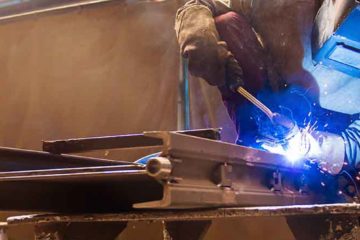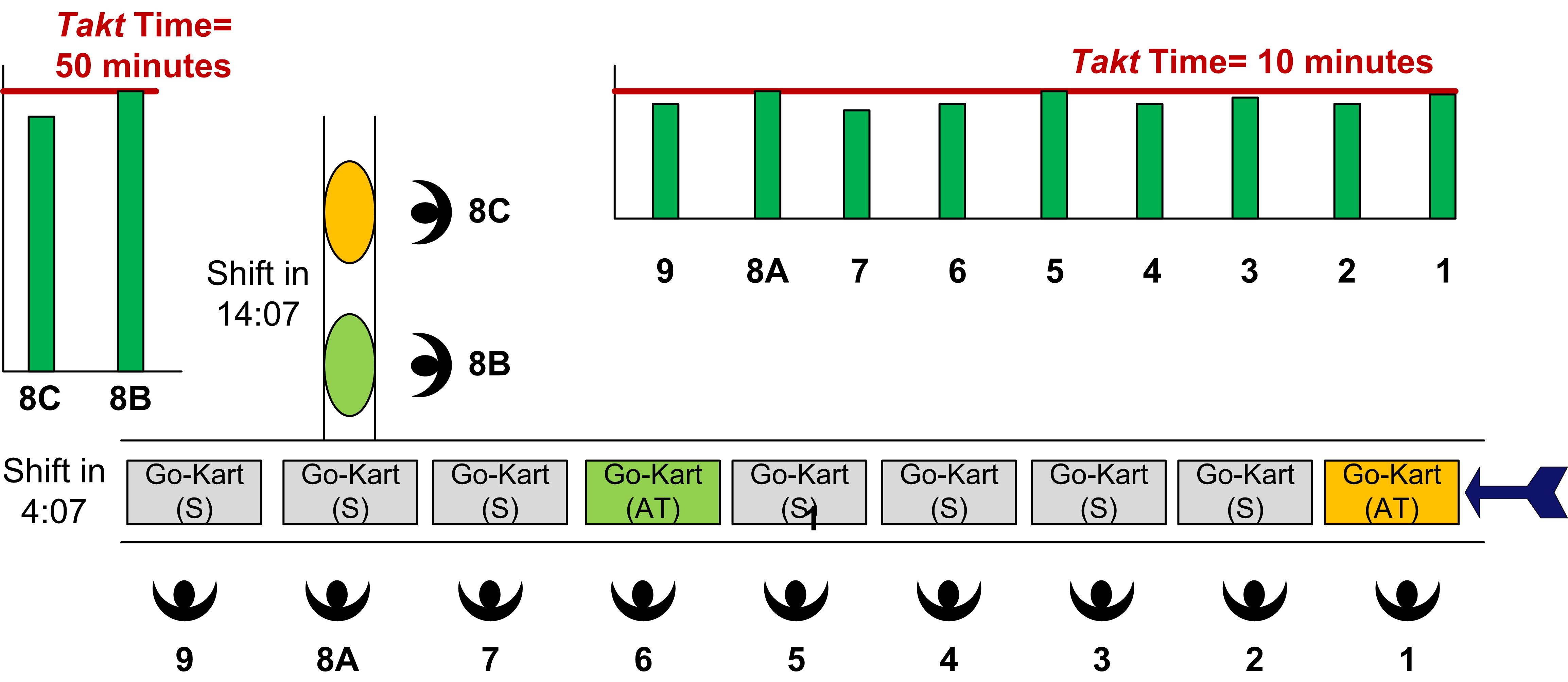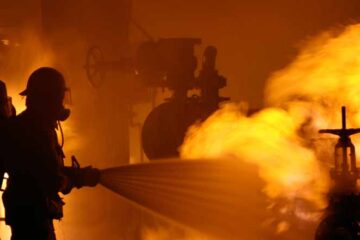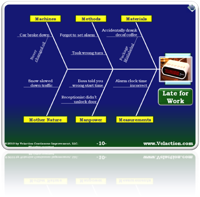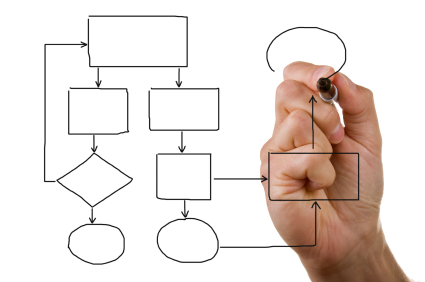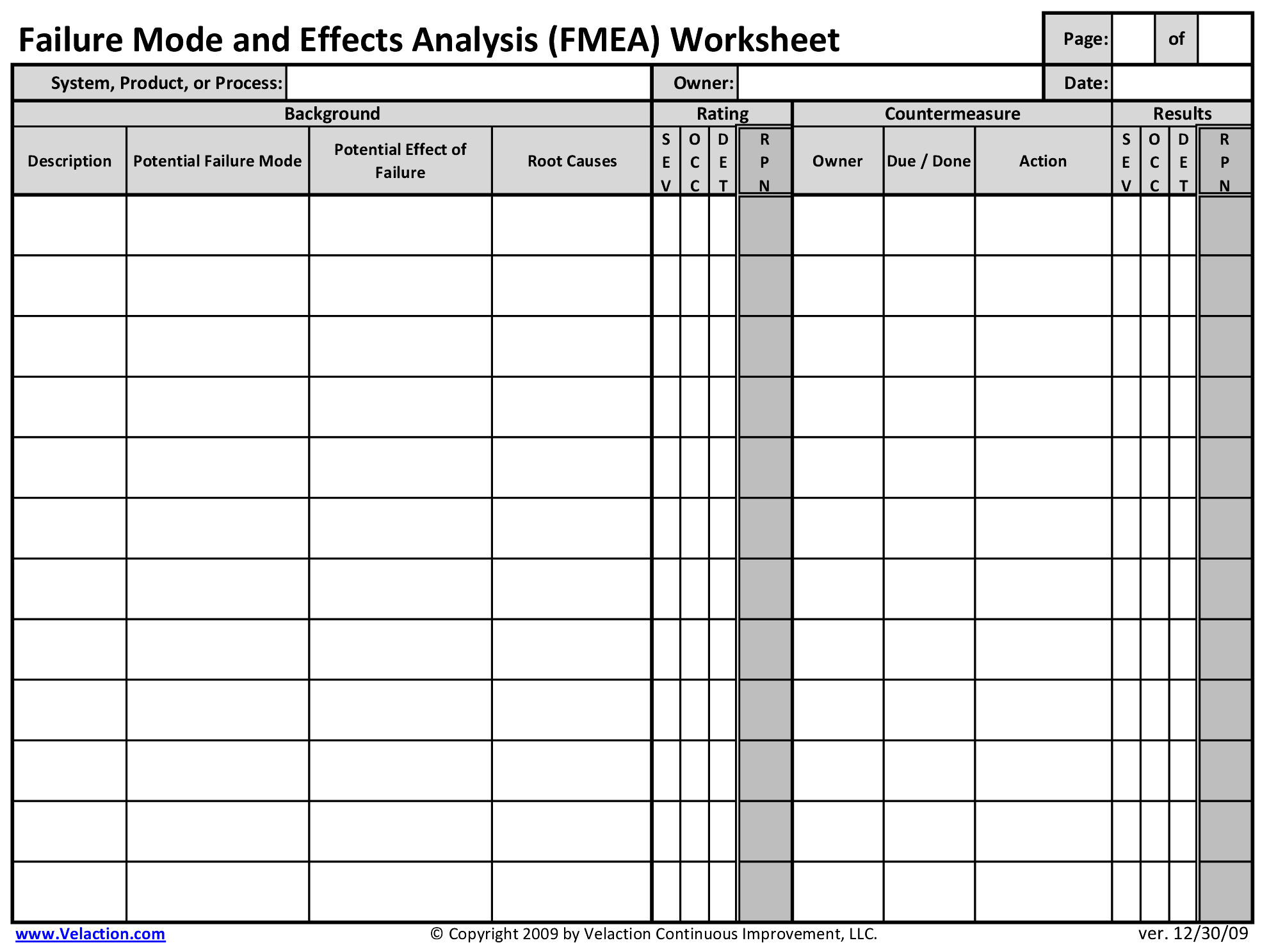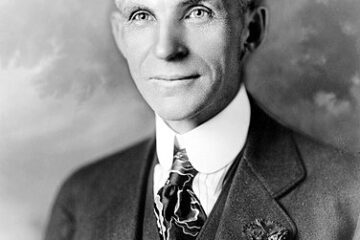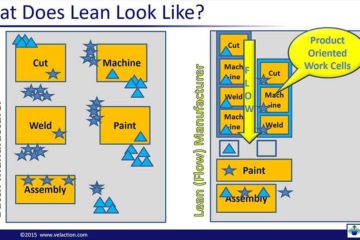Lean Terms
Fabrication
Fabrication is the act of taking raw stock material and turning it into a part for use in an assembly process. There are many different types of fabrication processes. The most common are Cutting Folding Machining Punching Shearing Stamping Welding Additive Manufacturing Watch Our Fabrication Video Let’s look at the Read more…
